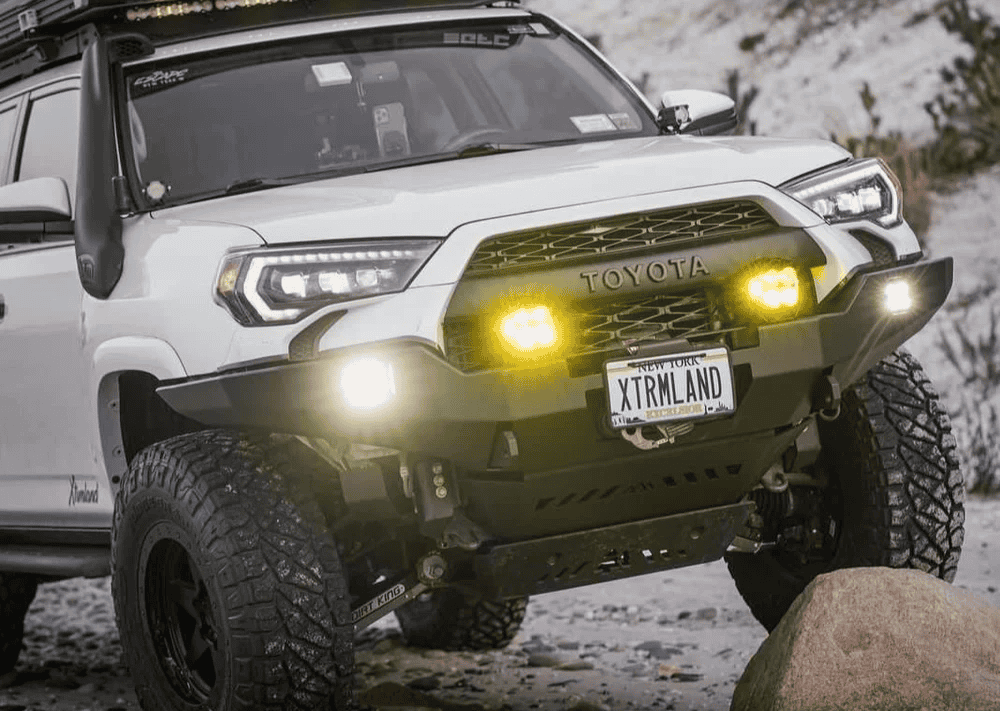Overland Vehicles

An expedition camper is built to travel beyond pavement, carry essential gear, and keep you comfortable when services are far apart. Compared with standard RVs, these rigs prioritize ground clearance, weather sealing, and independent power. A camper expedition vehicle typically pairs a capable chassis with a purpose designed habitat that handles washboard, mud, and snow without shaking itself apart. Inside, you will find secure storage, flexible sleeping, and systems that are easy to service in the field. Outside, expect protection, recovery points, and tires suited for mixed terrain.
Expedition campers live in a family of platforms that includes expedition truck campers, full size expedition motorhome builds, and compact expedition RV trailer setups. Each path solves the same problem in a different way. The key is matching your payload, range, and living needs to the routes you plan to travel. If your trips involve deep sand or loose rock, a lighter platform with smart weight distribution may outperform raw size. For long winters, insulation and moisture control matter as much as power output.
A modern expedition RV blends energy storage, solar collection, and alternator charging so that cooking, heating, cooling, and communications keep running day after day. Water storage sits low for stability, while filtration and winterization protect the system. Recovery gear should be mounted inboard and tight to the body to avoid snags. The result is a dependable base camp that moves with you and feels settled when you stop.
Think in loops rather than lines. Choose tires and gearing for the surfaces you expect most, then size fuel and water for your longest stretch between resupply. A well planned expedition camper stays nimble while still offering the range to bridge the quiet miles.
There are three common paths to an expedition setup. An expedition pickup truck with a slide in habitat keeps overall length short and makes technical trails easier. An expedition cargo trailer or the broader set of expedition overland trailers lets your tow vehicle stay flexible while the living space stays at camp. An integrated expedition motorhome offers the most interior volume and can be built on medium duty platforms for serious payload.
Shoppers often compare an expedition RV trailer against a truck camper when traveling with families or pets. Trailers can provide bunks and a full galley while freeing payload on the tow rig. Truck campers shine when you want to thread through tight forests and keep everything in one footprint. If you are searching for an expedition truck for sale, pay attention to chassis service networks, axle ratings, and the aftermarket ecosystem.
Pricing spans a wide range. Expedition trailer price depends on frame construction, suspension type, and onboard systems. Independent trailing arm suspensions with shocks and brakes ride smoother off highway but add cost. Likewise, composite bodies reduce weight and resist water but require more complex manufacturing. Decide where to invest based on your travel style rather than chasing spec sheets.
Payload is king. A trailer with a realistic tongue weight and a tow rig with margin keeps handling predictable. For truck campers, verify that your loaded weight sits safely below axle and tire ratings. Brakes, cooling, and gearing matter as much as horsepower.
Overland RVs balance durability and comfort. Start with structure. Aluminum or composite panels bonded to a rigid frame reduce squeaks and flex. Thermal breaks, vapor barriers, and smart ventilation fight condensation in cold weather. Inside, use latching hardware, soft close doors, and marine grade wiring to keep things quiet and reliable.
Power planning deserves real math. Solar offsets daily use but weather and shade vary, so energy storage should carry you through low sun days. Induction cooking, air conditioning, and radiant heat each pull differently from your battery bank, so size wires and converters accordingly. Keep high draw devices efficient and short run where possible. A simple, serviceable layout beats a crowded cabinet every time.
Storage shapes the day. Heavy items ride low and centered. Wet storage stays isolated from sleeping areas. Dirty to clean workflow should feel obvious when you step inside after a storm. Good ergonomics reduce fatigue and make small spaces feel larger.
Treat energy, heat, and water as a single system. Right size the battery bank to your loads, choose heating that works at altitude, and give water lines room to breathe in freezing temps. Simple controls and labeled service points make field fixes faster.
As you refine your plan, a skilled overland builder brings these pieces together into a coherent package that fits your routes and season. Whether you lean toward expedition campers or a compact expedition RV trailer, the best rigs feel intuitive on day one and easier on day one hundred.
To turn your plan into a capable rig, explore Overland rigs tailored to long range travel. If you are shaping a specific platform with armor, storage, power, and interiors, see our Custom overland upfit approach. For a sense of our process and standards, visit Why choose OZK Customs and start mapping your build path.
Ready for a capable rig that fits the way you travel, not the other way around? Tell us your routes, terrain, and must haves, and our team will map a clear path from concept to keys. Fill out the form to start your build conversation and lock in a production slot with OZK Customs.
ADDRESS:
6159 E Huntsville Rd, Fayetteville, AR 72701
PHONE:
(479) 326-9200
EMAIL:
info@ozkvans.com